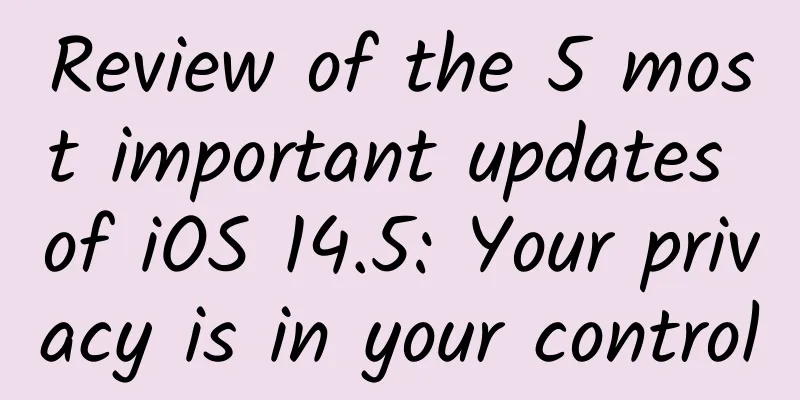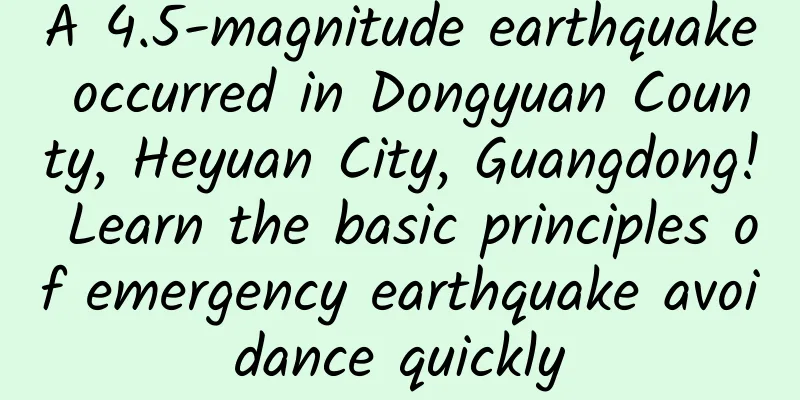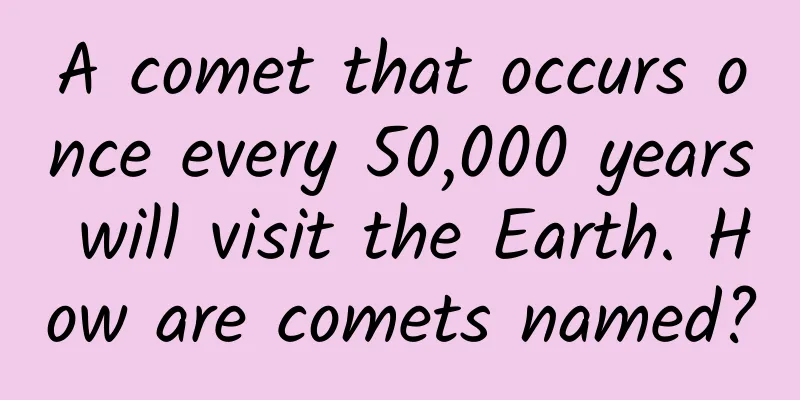The Milky Way has a mysterious sister? It can be seen with the naked eye!

|
Author | Feng Ziyang Review | Dong Chenhui Editor | Zhao Jingyuan The Triangulum Galaxy as imaged by the VLT Survey Telescope (VST). Credit: ESO The Triangulum Galaxy (also known as Messier 33) is located southeast of Andromeda β in the sky, between the three stars that make up the main body of Triangulum and Pisces. Its coordinates on the celestial sphere are: right ascension 01h33m50.90s, declination +30°39′36.6″), about 2.73 million light-years away from Earth. Its apparent magnitude is 5.72, making it one of the farthest celestial bodies visible to the naked eye. Like its neighbor, the Andromeda Galaxy {also called M31, galaxy morphology is classified as SA(s)b}, M33 is also a spiral galaxy without bar and ring structures [SA(s)], but unlike the Andromeda Galaxy, the spiral arm structure of M33 is looser and the core is relatively faint (cd), that is, the galaxy morphology of M33 is classified as SA(s)cd. The diameter of M33 is about 60,000 light years, much smaller than the Milky Way and the Andromeda Galaxy, but in the Local Group of galaxies (including the Andromeda Galaxy, the Milky Way, the Triangulum Galaxy, the Large and Small Magellanic Clouds, M32, M110 and dozens of other galaxies), it is still the third largest member, second only to the Andromeda Galaxy and the Milky Way, and is also the second smallest spiral galaxy in the Local Group of galaxies. Porter's dark sky classification diagram. Source: Wikipedia In the Porter Dark Sky Classification System, M33 is an object that can act as an "indicator" to distinguish between darker sky levels (1 to 3, with limiting magnitudes of approximately 8.0 to 6.6) and skies with significant light pollution (4 to 9, with limiting magnitudes below 6.5). The increase in light pollution makes it increasingly difficult to observe M33. Generally speaking, we can only easily see it with the naked eye when the Porter Dark Sky Classification System is 1 to 3. If it is in a 4-level environment, it can only be barely visible to the naked eye when M33 is high enough above the horizon. Once it reaches 6, a telescope is required to see M33. Therefore, M33 is an important indicator for evaluating the darkness of the sky in the Porter Dark Sky Classification System. Although theoretically visible to the naked eye, M33 was only noticed very late. The Italian astronomer Giovanni Battista Hodierna was probably the first to notice this fuzzy object in the mid-17th century. In his book De systemate orbis cometici; deque admirandis coeli caracteribus (1654), he mentioned a nebulous object located near the triangle, which is now the Triangulum constellation. This nebulous object probably refers to what is now called the Triangulum Galaxy. In 1764, French astronomer Charles Messier independently discovered this galaxy and included it in his catalog, giving it the familiar number M33. Around 1850, Irish astronomer William Parsons, 3rd Earl of Rosse, discovered that M33 was a "spiral nebula", and recorded: "(M33 is) full of knots. Spiral arrangement. Two similar curves like an "S" cross in the center" [(M33) is full of knots, and the arms are spiral. Two similar curves like an "S" cross in the center]", and his assistant R. J. Mitchell made a sketch of it. Sketch of M33 by Irish astronomer Michel. Source: SEDS At that time, astronomers were divided into two camps. One camp believed that spiral objects like M33 were nebulae in the Milky Way, while the other camp believed that they were celestial systems like the Milky Way, namely "island universes", located outside the Milky Way. This difference in viewpoints led to the long-lasting "island universe dispute". In this famous event in the scientific community, American astronomer Hubble discovered 35 Cepheid variables in M33 in 1926, and calculated their distances from the earth using the period-luminosity relationship of Cepheid variables, ultimately proving that M33 was a celestial system located outside the Milky Way. In the image of M33 taken by VST at the beginning of this article, we can clearly see the blue-white star clusters and rose-colored emission nebulae on the spiral arms, as well as structures such as dark nebulae and dust belts. The blue and pink areas scattered among them reveal the places where a large number of stars are born rapidly in M33. Observations by the Hubble Space Telescope show that the star formation rate of the Triangulum Galaxy is eleven times that of the Andromeda Galaxy, indicating that this galaxy is in a young and vigorous period. NGC 604 as seen by the Webb Space Telescope. Credit: NASA In the VST image, at the lower left of M33, we can see a bright pink nebula, which is NGC 604. This is the largest star-forming region in M33 and one of the largest star-forming regions in the Local Group. It contains about 200 hot OB-type stars and Wolf-Rayet stars, which heat the gas inside the nebula to extremely high temperatures, causing it to produce bright X-ray radiation. Because this nebula has an ionizing effect on hydrogen ions, this area is also called an ionized hydrogen region (H II region). It is the second most massive ionized hydrogen region in the Local Group (second only to the Tarantula Nebula) and the largest ionized hydrogen region in the Local Group. Its diameter is more than 40 times that of another famous ionized hydrogen region, the Orion Nebula, and its absolute magnitude is more than 6,300 times brighter than the Orion Nebula. If NGC 604 is placed at the same distance as the Orion Nebula, it will be much brighter than Venus. Some structures in M33. Source: Stellarium For astronomy enthusiasts, the autumn and winter in the northern hemisphere are the best times to observe M33. In an environment with less light pollution (preferably in an area with a Porter Dark Sky Scale of 1 to 3), experienced enthusiasts can easily see this fuzzy bright spot with the naked eye. However, due to the low surface brightness of M33, enthusiasts who are looking for it for the first time or in a light-polluted environment may not be able to find it directly. In this case, you can first find the brighter Andromeda Galaxy and Quetzalcoatlus, connect the Andromeda Galaxy and Quetzalcoatlus and extend it in the direction of Quetzalcoatlus by twice. At this position, we can use a small telescope to see an object with a foggy spot in the center. This is M33. Of course, we can also connect Quetzalcoatlus and Alpha Aries, with M33 located near the midpoint of the line. This method is shown in the figure below. How to find M33. Source: BBC Sky at Night References 1. Triangulum Galaxy, Wikipedia, https://en.wikipedia.org/wiki/Triangulum_Galaxy 2. Bortle scale, Wikepedia, https://en.wikipedia.org/wiki/Bortle_scale 3. M33, SEDS Messier Database, http://www.messier.seds.org/m/m033.html 4. NGC 604, Wikipedia, https://en.wikipedia.org/wiki/NGC_604 5. H II region, Wikipedia, https://en.wikipedia.org/wiki/H_II_region 6. Facts about and images of the beautiful spiral Triangulum Galaxy, BBC Sky at Night, https://www.skyatnightmagazine.com/astrophotography/galaxies/triangulum-galaxy 7. John E. Bortle, translated by Shea, Bolide Working Group Overseas Digest, http://bolide.lamost.org/translate/trans14 For more questions about the Triangulum Galaxy, please leave a message in the comment area and Xiaoxing will answer them for you one by one~ Follow the WeChat public account/Sina Weibo/Toutiao account/Science Popularization China "Xingming Observatory" and walk through the stars with Xiaoxing to harvest romance~ |
<<: When optics “meets” AI, will it become the “killer application” of 5G and 6G?
>>: The correct way to enjoy the "autumn coolness": first grasp the "personality" of Bailu
Recommend
FCA delivers 100 Chrysler Pacifica vehicles to Waymo before Christmas
As part of the partnership between Waymo and Fiat...
The heat that starts high and ends low! Is there an "absolute zero" between the sun and the earth?
The Sun, as the closest star to us, provides ligh...
Scientists discovered a galaxy with a huge hole. Could it be the remains of a violent "war"?
All current scientific observations and discoveri...
Unveiled today! What’s different about the National Botanical Garden?
April 18 National Botanical Garden Officially unv...
Apple's genius hacker opens source software for autonomous driving
At the end of October, according to foreign media...
Baidu information flow is not growing? Learn about multidimensional data analysis!
Whether it is education, games, novels or product...
APP promotion: Serious user loss? You stepped on these pitfalls!
The fundamental solution is to analyze the reason...
A man vomited blood and fainted after eating too much bamboo shoots! Don’t let bamboo shoots turn into “spring damage”, you must pay attention to these 3 points
Recently, the news that "a man vomited blood...
"Laso" first obtains cosmic rays in the W51 region, key evidence of the acceleration limit|Bolan Daily
" Laso " receives cosmic rays from W51 ...
Market trends and placement techniques for franchise advertising!
In recent years, the main battlefield of advertis...
It is said that this is the evil-repelling beast that feeds on copper and iron!
Has everyone watched the drama "Border Water...
Cross-Sell: Tesla registered 16,200 vehicles in California in the third quarter of 2020
Ownership and registration data collected by mark...
How do you operate when you don’t have any support?
All operations students will encounter this probl...
Brand marketing promotion: How to learn the product placement of "The Debaters"?
Since its inception, product placement has faced ...
The latest news on Beijing’s unblocking time in 2022: Has it been unblocked? Attached is the latest unblocking list!
The local epidemic that occurred in Beijing at th...









